Robert Frost wrote that good fences did good neighbors make. In his case, he was being ironic. In our case, as dog owners, it’s very nearly a requirement.
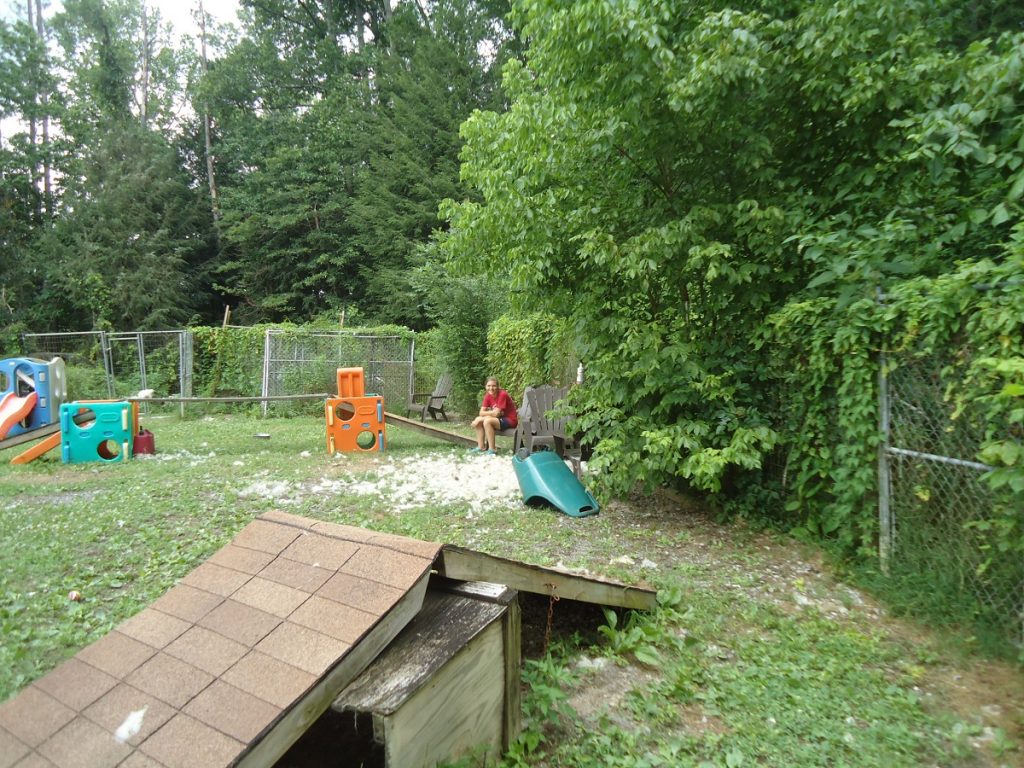
And by fences, I specifically mean a physical barrier fence.
Invisible Fences
The curse of dogdom worldwide. Breeders usually insist on physical fences because Infernal, I mean, Invisible fences work on the concept of zapping the dog with a jolt of electricity when he strays beyond the predetermined border. This assumes three things:
- The dog doesn’t want the squirrel enough to take the zap.
- The dog hasn’t shaken his head enough to rotate the collar onto the furry part of his neck.
- Batteries last forever.
People who love their invisible fence are legion. But I have a question for them: What protects the dog from strays, thieves, or neighborhood children?
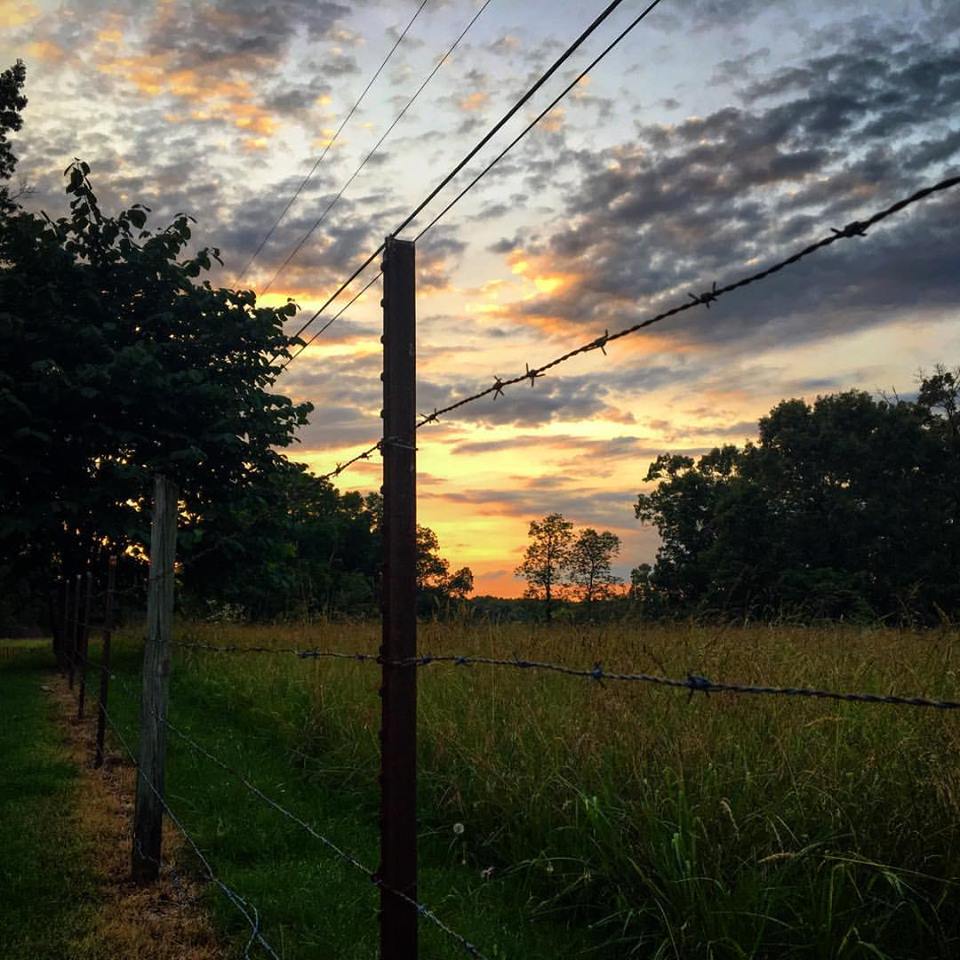
Put up a fence, a fence secured at the bottom against dig-outs and tall enough to discourage both jumping up and people reaching over. You can use wood, wire, concrete block, just understand that if there is a way out, they will find it. Now you have a dog roving through the neighborhood looking for trashcans, loose dogs, or cats. And maybe running into a truck in the process.
PUT UP A PHYSICAL FENCE. They are not perfect, but they DO a much better job of protecting the dog from strays, thieves, and children.
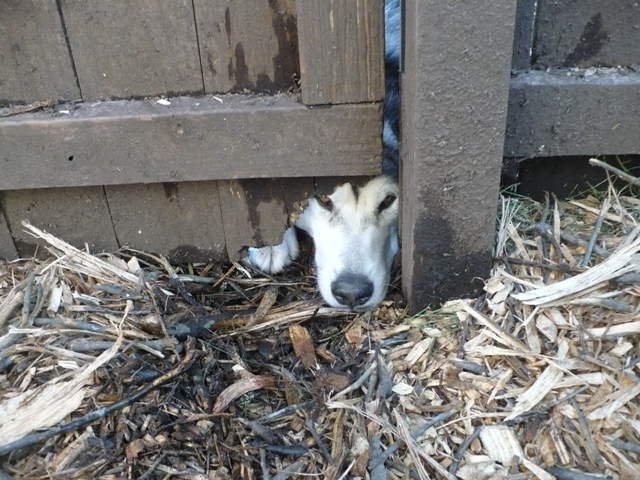
Off leash. Breeders insist on fences and that the dog is on leash when outside the fence. You know why, don’t you? We’re all too stupid or too lazy to train our Malamute to work off leash. That’s it isn’t it?
Boy, are you in for a rude awakening. Picture this:
- A herding breed working with their shepherds, trained to glance back, work with, take cues from their shepherds, who are generally on foot.
- A hunting dog with hunter on foot or with horses, but following commands, either verbal ones, hand signals, or the horn.
- A toy breed carried in the arms.
- A sporting breeds who sticks close to the hunter, can flush or retrieve, and come BACK to the hunter.
- A working dog protecting or guarding, often with their owners close by.
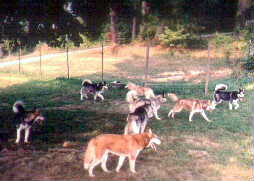
Now, picture a dogsled team. Malamutes and Siberians have been SELECTED over 1000s of generations to work on dogsled teams, to run as far and fast as they can — AWAY from their owners voice. Picture that dogsled team. Sometimes the musher is breaking trail out front, but, more than likely the musher is riding on the BACK and if there is a command, it generally involves locomotion AWAY from the sound of their voice.
So many people think they can get their Malamute to work reliably off leash no matter the distraction because they’ve already done this type of training before with a Border Collie (herder), a Golden (retriever), or a Rottweiller (draft dog used for protection).
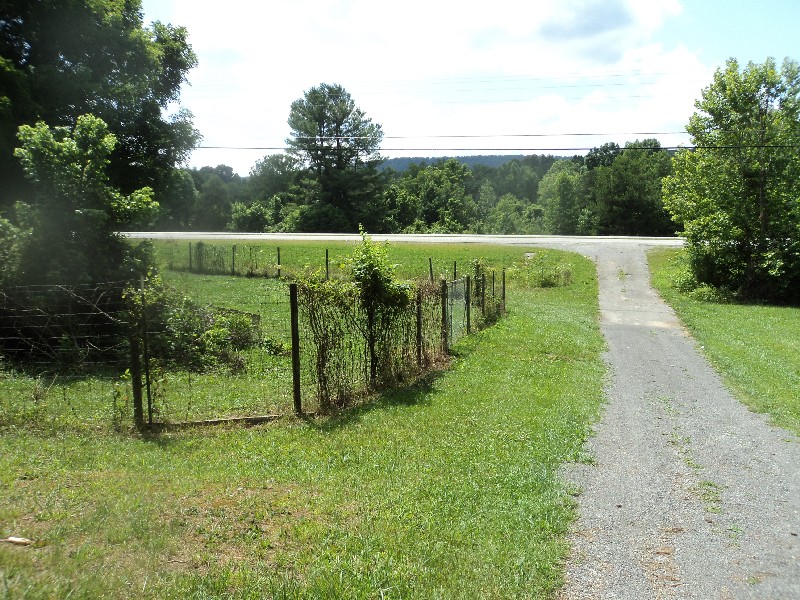
Can Malamutes be trained to be safe off-leash? Of course they can. Under specific circumstances with nothing more interesting going on and after a lot of hard work.
If you are that type of person you no doubt have plenty of competition titles to your name and won’t mind supplying them.
Good luck. It does happen. But it is NOT the norm. And it has everything to do with the individual dog and very little to do with your determination.
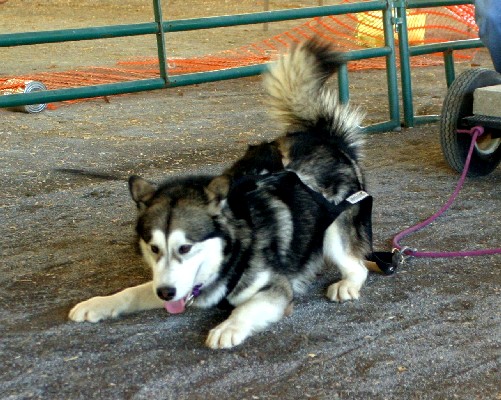
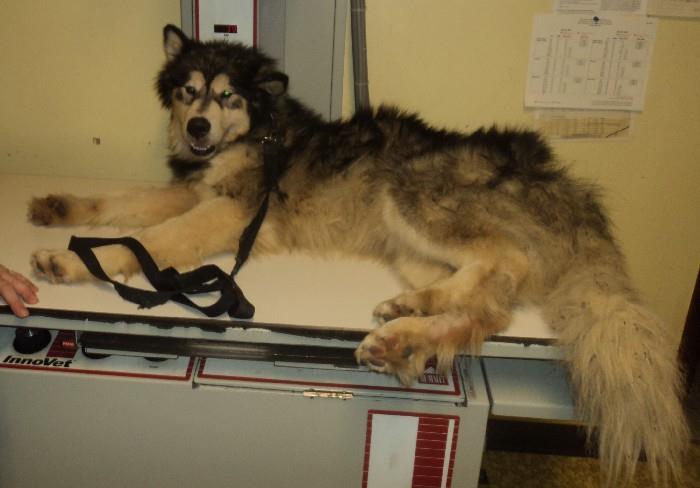
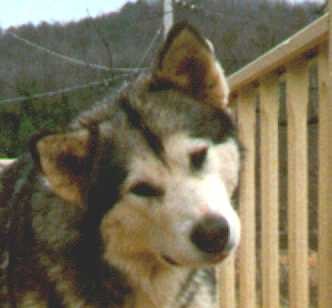
Requiring a secure fence is not an arbitrary decision on our part. Even with a fence, tragedies happen. But they are less likely if the dog is protected by a physical barrier that doesn’t depend on training and batteries.
Cars and Malamutes just don’t mix. They have no road-sense.